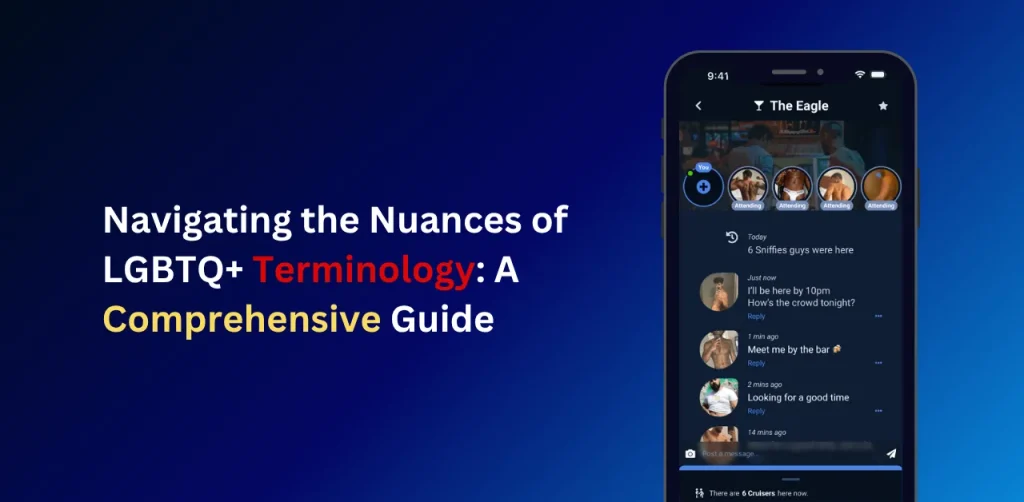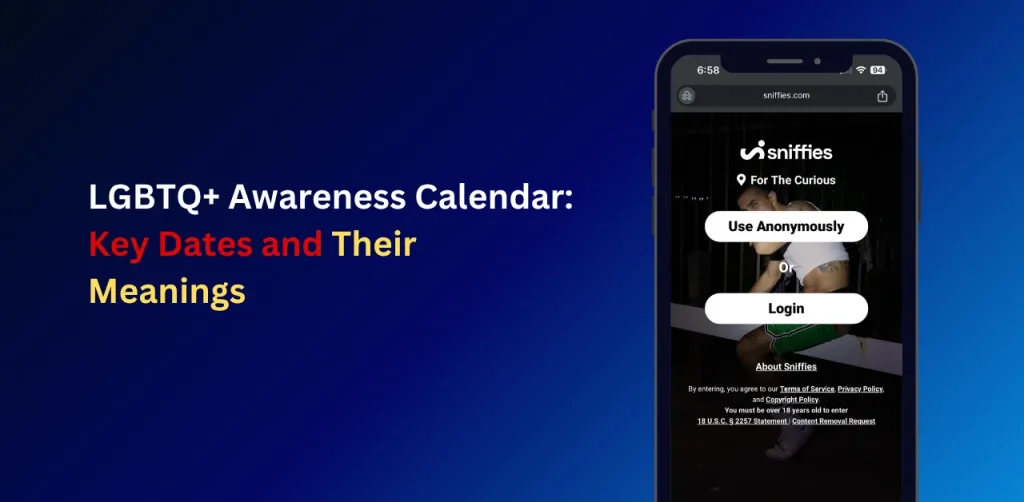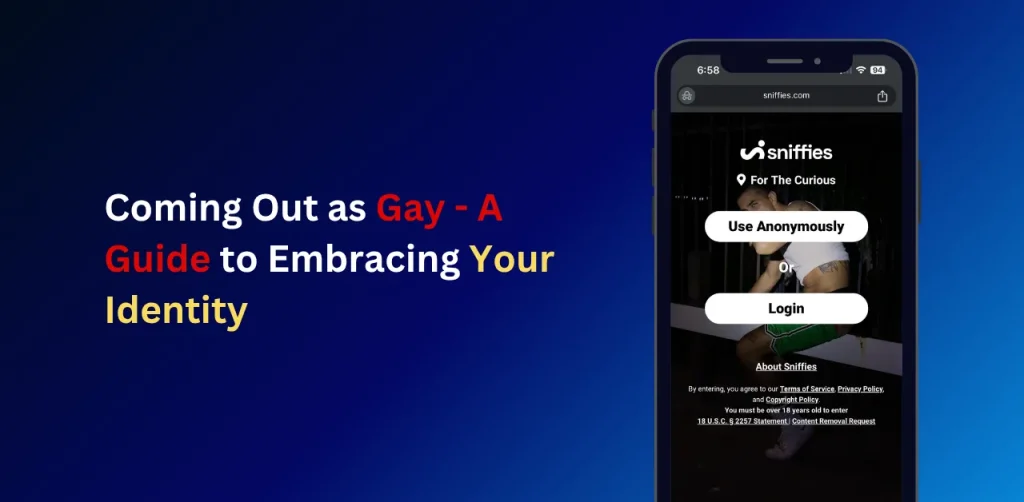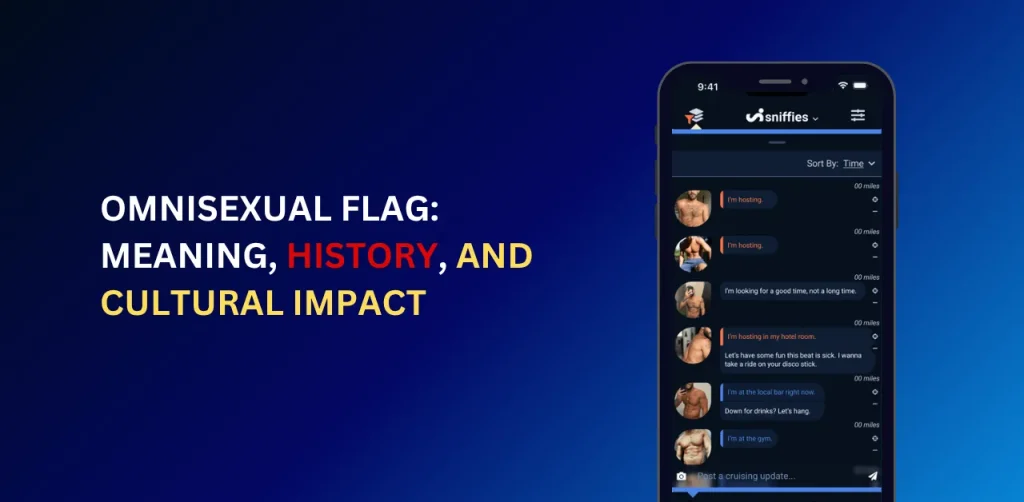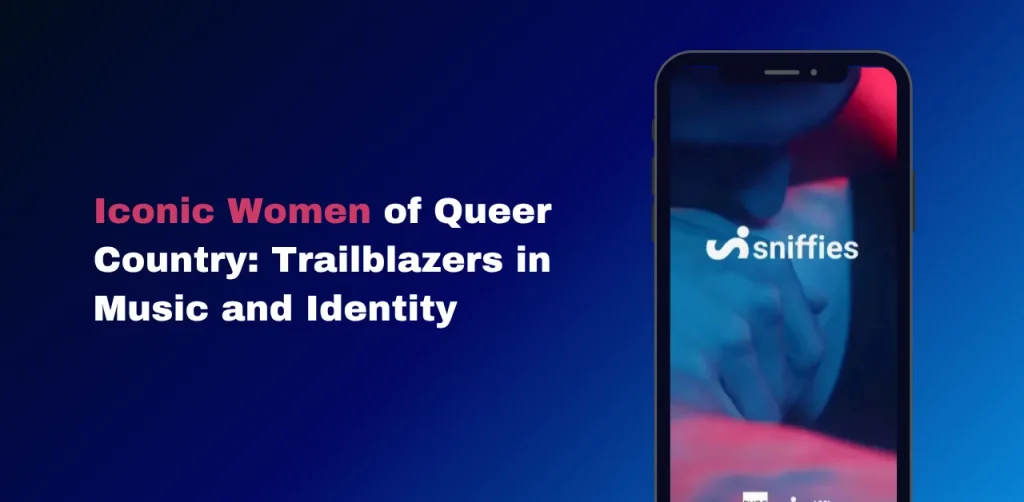Supporting LGBTQ+ Youth: Best Ways to Foster Inclusion & Safety
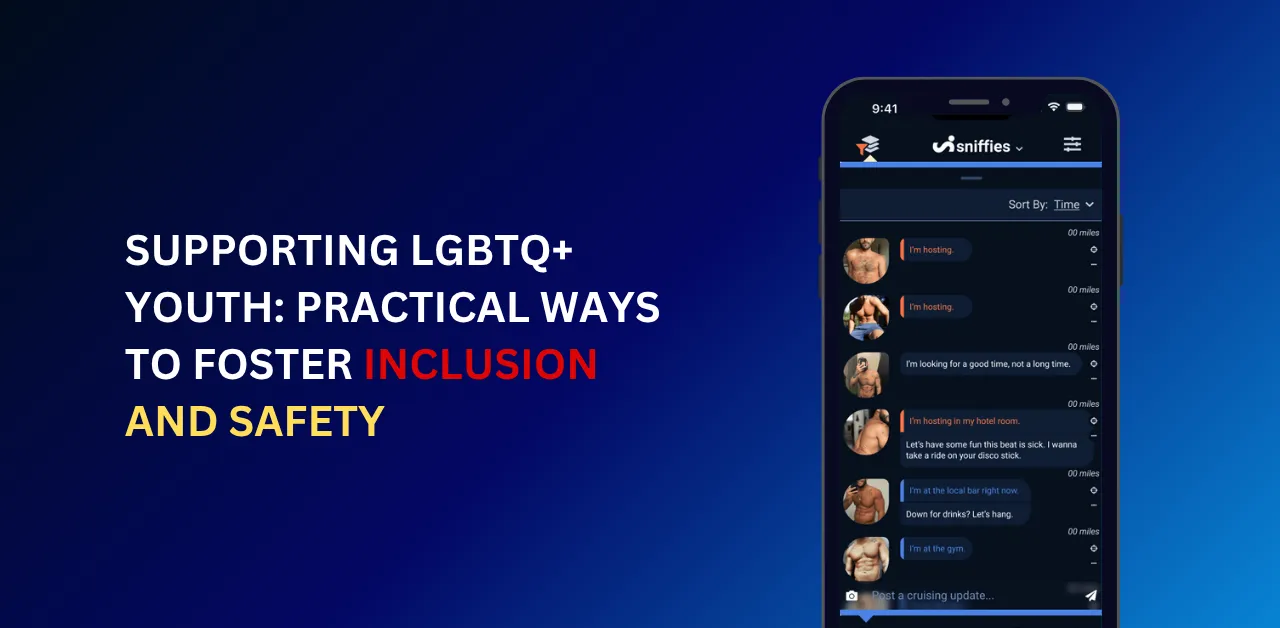
Are you wondering how to support LGBTQ+ youth effectively? It starts with understanding their unique needs and taking action to create safe, inclusive spaces. Whether you’re a parent, teacher, or ally, you can make a real difference in their lives. This guide offers practical steps, expert insights, and resources to help LGBTQ+ youth thrive. Ready to learn how? Let’s dive into actionable ways to support them today.
Why Supporting LGBTQ+ Youth Matters
LGBTQ+ youth face higher risks of mental health challenges, bullying, and rejection compared to their peers. According to The Trevor Project’s 2024 National Survey, 60% of LGBTQ+ youth experienced discrimination due to their identity, and 41% seriously considered suicide in the past year. Supportive environments—whether at home, school, or in communities—can reduce these risks and help youth feel valued.
Key Challenges for LGBTQ+ Youth
- Mental Health: Higher rates of anxiety, depression, and suicidal thoughts due to stigma.
- Bullying: 70% of LGBTQ+ students report harassment at school (GLSEN, -‽web:2023).
- Family Rejection: Rejection by family increases homelessness risk by 120% for queer youth.
- Lack of Resources: Many lack access to affirming spaces or mental health support.
Supporting these youth means addressing their unique needs with empathy and action.
How Parents Can Support LGBTQ+ Youth
Parents play a critical role in creating a safe and affirming environment. Here’s how to start:
- Listen Without Judgment
- Let your child share their identity on their terms.
- Avoid dismissive phrases like “It’s just a phase.”
- Example: If your teen comes out as nonbinary, ask, “How can I support you?” instead of questioning their identity.
- Educate Yourself
- Read resources from credible organizations like The Trevor Project or PFLAG.
- Learn terms like “genderqueer” or “asexual” to understand your child’s experience.
- Affirm Their Identity
- Use their chosen name and pronouns consistently.
- Celebrate their identity by attending Pride events or displaying inclusive symbols like a rainbow flag.
Tip: Small acts of affirmation, like using correct pronouns, can reduce mental health risks by up to 50% (The Trevor Project, – ‽web:2024).
How to Create Safe Spaces for LGBTQ+ Youth
A safe space allows LGBTQ+ youth to feel accepted and secure. Whether at home, school, or online, here’s how to build one:
Practical Steps
- Learn the Basics: Understand terms like “non-binary” or “transgender” and respect pronouns.
- Show Support: Display rainbow flags or ally symbols to signal inclusivity.
- Set Rules: Enforce zero-tolerance policies for bullying or discrimination.
- Offer Resources: Share links to groups like The Trevor Project.
These actions create a foundation where youth can express themselves freely.
Creating Safe Spaces in Schools
Schools are where LGBTQ+ students spend most of their time, making them critical for fostering inclusion.
Steps for Educators
- Implement Inclusive Policies
- Adopt anti-bullying policies that explicitly protect LGBTQ+ students.
- Ensure access to gender-neutral restrooms.
- Example: Schools with clear policies see 35% less bullying incidents (GLSEN, – ‽web:2023).
- Train Staff
- Provide professional development on LGBTQ+ issues.
- Teach staff to recognize and address microaggressions, like misgendering.
- Support Student-Led Initiatives
- Fund Gender and Sexuality Alliances (GSAs).
- GSAs improve school climate and student well-being (GLSEN, 2023).
Engaging Students
- Use inclusive language in lessons (e.g., “parents” instead of “mom and dad”).
- Incorporate LGBTQ+ history, like the Stonewall Riots, into curricula.
- Display posters promoting safe spaces for LGBTQ+ youth.
Community Strategies for LGBTQ+ Inclusion
Communities can create broader support networks for LGBTQ+ youth through local efforts.
Actionable Community Ideas
- Host Support Groups
- Partner with organizations to offer youth-focused LGBTQ+ meetups.
- Provide mental health resources, like crisis hotlines (e.g., TrevorLifeline: 1-866-488-7386).
- Promote Visibility
- Organize Pride events or allyship workshops.
- Example: Communities with annual Pride events report 15% higher youth participation in civic activities.
- Advocate for Policy Change
- Push for local nondiscrimination laws protecting LGBTQ+ individuals.
- Support funding for youth shelters addressing queer homelessness.
Practical Resources for Supporting Queer Youth
Here’s a quick reference table for actionable tools and organizations:
| Resource | Description | Link/Contact |
|---|---|---|
| The Trevor Project | Crisis support and educational resources | thetrevorproject.org |
| PFLAG | Support for families of LGBTQ+ individuals | pflag.org |
| GLSEN | Tools for inclusive school environments | glsen.org |
| TrevorLifeline | 24/7 crisis hotline for LGBTQ+ youth | 1-866-488-7386 |
| Gender Spectrum | Resources for gender-diverse youth | genderspectrum.org |
Tips to Avoid Common Mistakes
When supporting LGBTQ+ youth, well-meaning actions can sometimes miss the mark. Here’s how to avoid pitfalls:
- Don’t Assume Identity: Let youth define their own labels or lack thereof.
- Avoid Tokenism: Inclusion should be genuine, not performative (e.g., don’t just display a rainbow flag without action).
- Don’t Ignore Intersectionality: Recognize how race, disability, or socioeconomic status impacts queer youth experiences.
Example: A Black transgender teen may face both transphobia and racism, requiring tailored support.
Future-Proofing Support for LGBTQ+ Youth
To ensure long-term impact, adapt to evolving needs and trends:
- Stay Informed: Follow updates from organizations like GLSEN or The Trevor Project to understand emerging issues.
- Leverage Technology: Use social media to promote inclusive messages or connect youth with online support groups.
- Monitor Policy Changes: Advocate against anti-LGBTQ+ legislation that could harm youth.
Pro Tip: Mobile-friendly resources are key, as 95% of teens access the internet via smartphones (Pew Research, 2022).
Unique Ways to Advocate for LGBTQ+ Youth
Stand out as an ally with fresh ideas:
- Host Workshops: Teach peers about supporting transgender youth.
- Share Stories: Highlight real experiences to inspire empathy.
- Push for Change: Advocate for inclusive policies in your community.
These steps go beyond basics, offering new value to readers and youth alike.
What Are Safe Spaces for LGBTQ+ Youth?
Safe spaces are environments where queer youth feel accepted without fear of judgment. Examples include GSAs, affirming homes, or community centers with inclusive policies.
How Can I Help an LGBTQ+ Youth in Crisis?
Listen empathetically and validate their feelings.
Connect them to resources like The Trevor Project’s 24/7 hotline (1-866-488-7386).
Encourage professional mental health support
Why Is LGBTQ+ Inclusion Important?
Inclusion reduces mental health risks, improves academic outcomes, and fosters resilience. Supportive environments help queer youth thrive.
Conclusion
Supporting LGBTQ+ youth isn’t just about acceptance it’s about action. By listening, educating yourself, and creating safe spaces, you can help queer youth thrive. Whether you’re a parent, educator, or community member, small steps like using correct pronouns or advocating for inclusive policies can have a big impact. Start today by exploring resources like The Trevor Project or GLSEN, and commit to fostering a world where every LGBTQ+ youth feels valued and empowered.
Make sure to visit our article on Power of LGBTQ+ Representation in Media and LGBTQ+ Identification Trends for more tips.

